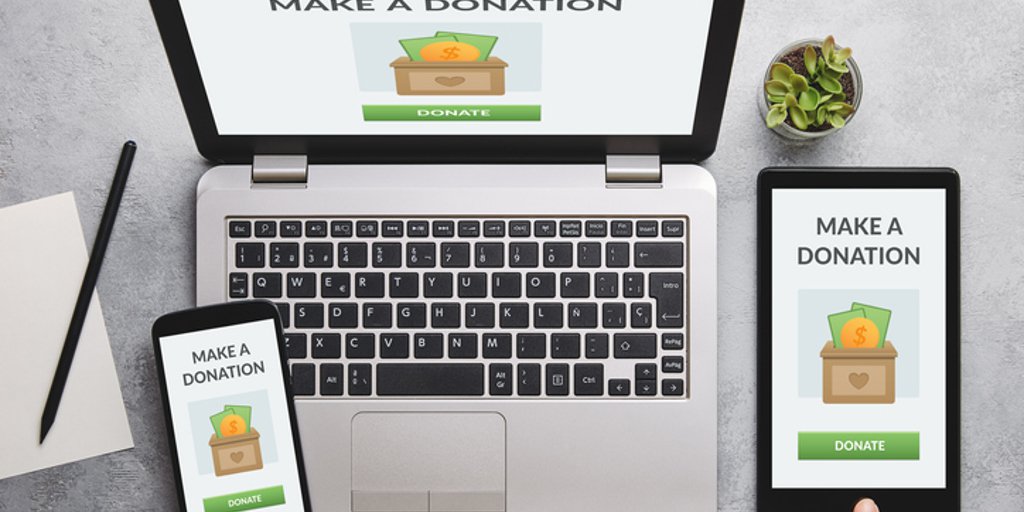Digital Donor Contributions: 3 Online Trends Nonprofits Shouldn’t Ignore
The demand for the new and expanding services that nonprofit organizations provide is growing. But meeting these specific needs requires funding. As a result, organizations often find themselves competing against each other for donor contributions.
Today, more organizations are looking to invest time and resources into emerging technologies to help bolster contributions and eliminate donation abandonment. The following presents three of the top digital capabilities that are considered by experts to be the future of fundraising.
Digital wallets. According to a panel discussion hosted by Nonprofit Pro, the nonprofit sector remains slow to adopt digital wallet capabilities — despite the widespread use by donors. In fact, only 6% of nonprofit organizations surveyed said that they accept digital wallet payments. Recently, a collaborative report by PYMNTS and American Express revealed that 55% of consumers surveyed said they preferred to use a credit and/or debit card online when making a charitable donation, while another 15% indicated a preference for PayPal or another mobile wallet offering. The report goes on to note the nonprofit organizations need to provide consumers with the tools they want to use when it comes to giving. For example, The Salvation Army has recently adopted QR codes for receiving donations.
Take note! A digital wallet is a saved payment method that includes platforms such as PayPal or Apple Pay. A digital wallet lives on a mobile device or other online service and allows consumers to easily and instantly make electronic donation transactions — often with just one touch.
Videos. Making connections and keeping in front of donors are key as new services and programs are added and additional funding is needed. Consumers tend to view their donations as investments rather than transactions, and they need to know what it is they are giving to and the difference each contribution is making. But to give requires donors to first become emotionally invested in a cause. Videos are an effective way to not only tell the story of your cause but also to keep donors informed regarding the progress their investment is making.
Take note! Livestreaming content allows for new sources of revenue and engagement for nonprofits by immediately connecting with supporters live, helping them feel part of the cause they are supporting. Livestreaming can be promoted via several social media channels.
Online crowdfunding. Crowdfunding was originally used by entrepreneurs to attract small-sized investments to for-profit ventures. According to the National Council of Nonprofits, crowdfunding is projected to become a $90-$96 billion industry by 2025 and is being touted as a valuable tool for nonprofit fundraising. Crowdfunding is a way for organizations to pitch their needs via social media and links to online giving portals in a much broader capacity. Live crowdfunding is a bit different in that it features events as they are happening, with viewers pleading for donations in a bidding-type format. Not all crowdfunding platforms, however, are the same. Some are tailored to support ongoing creative projects, while others are specifically designed for nonprofits interested in reaching a fundraising goal.
Take note! Most crowdfunding platforms are subject to a baseline processing fee or even charge a fee when an organization doesn’t meet its set goal. In addition, there are laws regulating fundraising and the soliciting of 868a funds, so it’s important for organizations to know the laws in their state(s).
Conclusion
These are just three digital trends that nonprofits can adopt to better reach, engage and encourage donors. And while these and other online capabilities have their advantages, there are cybersecurity challenges that should also be addressed with a cyber liability insurance policy. As your nonprofit clients think more strategically regarding the utilization of digital means for donations and fundraising, it’s important to identify potential risks and how to mitigate them with the right insurance.
About Charity First
At Charity First, we’re passionate about providing innovative products, services, support and resources to meet the ongoing needs of your nonprofit clients. For more information, please contact us by calling 800-352-2761 or by emailing marketing@charityfirst.com.


